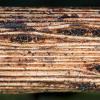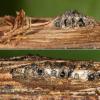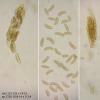
07-04-2017 14:55
Dragiša SavicI need help with this species.Branch of Clematis v

06-04-2017 16:57
Roland LabbéBonjour ! Nous avons trouvé un Ankatomyces ou Co

05-04-2017 14:56
Jac GelderblomDear friendsOn thin Rosastems I found black ascoma

05-04-2017 22:50
 Bernard CLESSE
Bernard CLESSE
Bonsoir à tous,Voici une petite "pezize" poussant

05-04-2017 11:48
Garcia SusanaHola,He encontrado esta Orbilia, pero no tengo cla

03-04-2017 15:08
 Marcel Heyligen
Marcel Heyligen
Hi everyone, I need help for what I found on the s

05-04-2017 14:39
Dragiša SavicI'm not sure, but it looks like Helminthosphaeria


